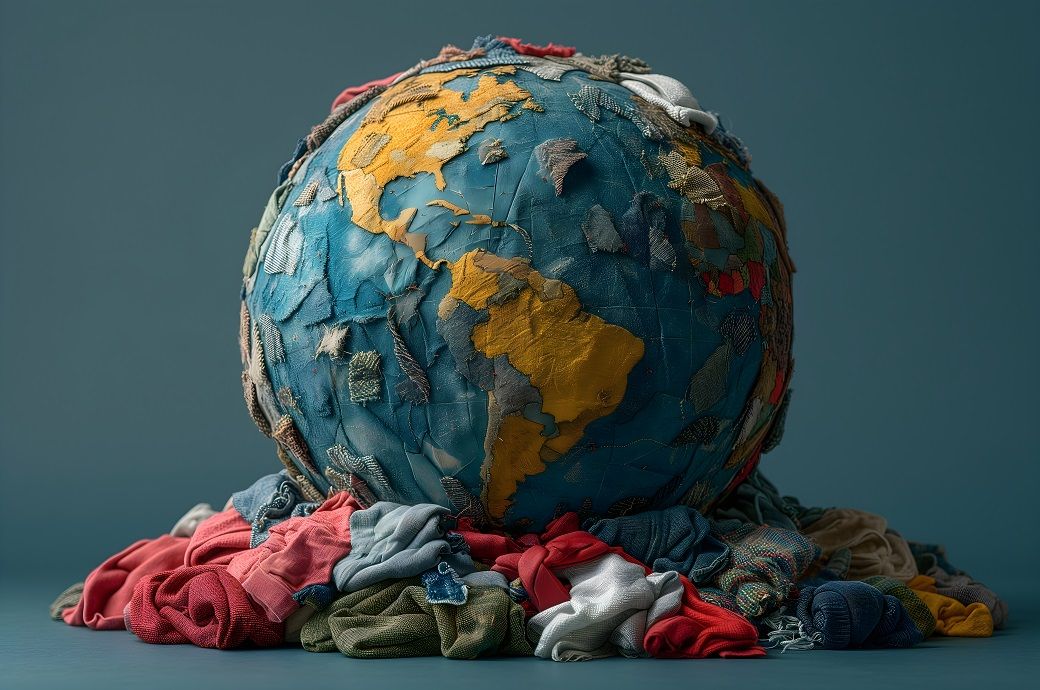
The paper encourages companies to find new ways to generate revenue without producing more garments. One option is to start garment collection or buyback programmes in conjunction with opening second-hand stores where consumers can purchase pre-owned items at a discount.
“Slowing down the rate of production doesn’t have to come at the expense of profitability,” says Barchi Gillai, associate director of the Value Chain Innovation Initiative (VCII) at the school.
The white paper by Gillai and her colleagues examines the production processes behind three essential everyday materials: polyester, cotton and leather. Co-authored by Hau Lee, VCII’s faculty co-director and a professor emeritus of operations, information and technology; Jessica Landzbergopen; and Nina Sabharwalopen the paper explores each material’s unique impacts and details potential solutions.
Cotton growers around the world can implement non-chemical methods of pest control like crop rotation and conserve water through drip irrigation and polyester manufacturers should switch to renewable energy and substitute virgin polyester with alternative materials like biosynthetics and fibres that utilise carbon dioxide waste, the white paper suggests.
To ensure ethical sourcing of raw hides, brands can utilise certification programmes that verify the humane treatment of farm animals, it says.
However, acquiring raw materials is only the first step in leather production. Transforming these raw hides into wearable fabrics requires several chemical-heavy processes, many of them relying on toxic materials.
Moreover, 30-45 per cent of the toxic chromium used in the tanning process is not absorbed in the leather, and can potentially contaminate the environment when it is discarded.
Finally, as much as 75 per cent of the leather that enters the production process of leather goods does not end up in the finished product. Rather, these scraps and leftovers will likely be sent to landfills or incinerated, it says.
To mitigate the environmental and social issues associated with the apparel industry, companies and consumers alike must shift toward sustainability, says Gillai.
The paper offers a range of strategies that clothing brands can adopt to increase the lifespans of garments and improve their reusability and recyclability, according to a release from the school.
For instance, high-quality garments with timeless designs may be enjoyed for many years. Switching to single-material composition can make fabrics easier to recycle. And garments made from cent per cent natural materials are more suitable for composting.
“We’ve seen quite a few of those solutions that are helpful in one respect, but also have some drawbacks to them,” Gillai says.
“It’s therefore important to figure out the total environmental impact of any solution we consider implementing,” he says.
The paper recommends that manufacturers use life-cycle assessments to help them choose solutions that offer the most positive impact throughout a garment’s lifespan.
Gillai also highlights the importance of textile-to-textile recycling. “Such closed-loop, garment-to-garment recycling solutions not only keep textile waste out of landfills, but also reduce the amount of resources that we use to make clothes, as well as the pollution associated with these production processes,” he adds.
Fibre2Fashion News Desk (DS)